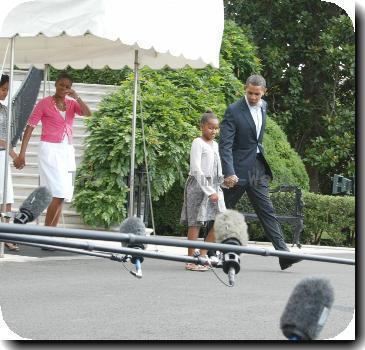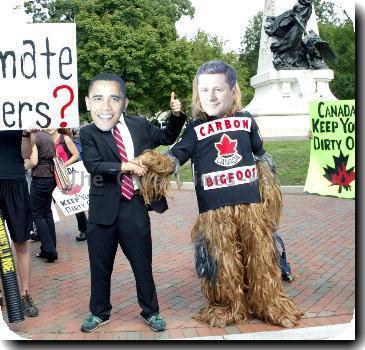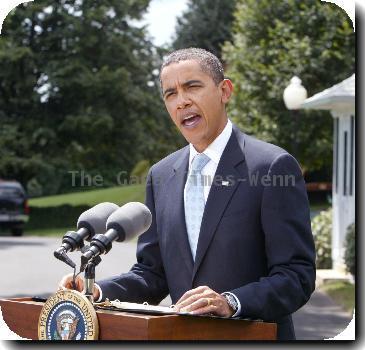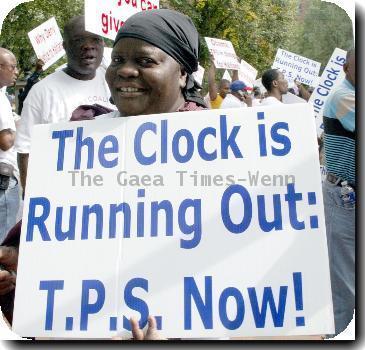Export gains lower October trade deficit, good news for recovery; jobless claims up slightly
By Martin Crutsinger, APThursday, December 10, 2009
Exports up for 6th straight month, boost recovery
WASHINGTON — The economic recovery is likely to draw strength from exports such as farm products, autos, aircraft and industrial machinery — all of which helped lower the nation’s trade deficit in October.
Exports of U.S. goods rose for a sixth straight month. Further gains in exports should bolster manufacturers, who struggled during the recession. Heavy equipment maker Caterpillar Inc., for instance, has predicted that its sales will rise next year, reflecting in part greater demand from China and other Asian markets.
Economists noted that much of the improvement in the trade gap reflected a fall in oil imports. But David Resler, chief economist at Nomura Securities, said U.S. exporters are benefiting from growing economies overseas and a weaker dollar. A weak dollar makes their goods cheaper in other countries.
Resler boosted his forecast for growth in the current quarter to 3.2 percent, from 2.9 percent. The U.S. economy grew at a 2.8 percent pace in the July-September period after a record four straight quarterly declines.
The trade deficit fell to $32.9 billion in October, 7.6 percent below a revised September deficit of $35.7 billion, the Commerce Department said Thursday. The improvement reflected a 2.5 percent jump in exports. Imports rose a smaller 0.4 percent, a gain that was held back by a big drop in oil imports.
Through the first 10 months of this year, the deficit is running at an annual rate of $364.8 billion. That’s about half the gap for all of 2008. The narrower trade deficit reflects the impact of the recession, which cut consumer demand for domestic and foreign goods.
The stock market rose after the improved trade deficit was reported. In afternoon trading, the Dow Jones industrial average was up about 75 points, or 0.7 percent. Broader stock averages also rose.
Meanwhile, the number of newly laid-off workers seeking jobless benefits rose more than expected last week, after falling for five straight weeks. Claims were partly inflated by a surge after the Thanksgiving holiday week, when many state unemployment offices are closed, a department analyst said. Seasonal layoffs in the construction industry also played a role.
“The key point … is that the underlying trend in claims is falling rapidly,” Ian Shepherdson, chief U.S. economist at High Frequency Economics, wrote in a note to clients.
Initial claims for unemployment insurance rose by 17,000 to a seasonally adjusted 474,000, the Labor Department said Thursday. That was above analysts’ expectations of 460,000 new claims. Economists closely monitor initial claims, which reflect the pace of layoffs and companies’ willingness to hire.
The four-week average of claims, which smooths fluctuations, fell to 473,750, its 14th straight decline and the lowest level since September 2008.
If current trends continue, Shepherdson said, claims will fall below the 400,000 mark by February, which would signal that the economy is actually generating jobs. Even more optimistic economists say that net job gains could come in January or this month.
The number of people continuing to claim benefits fell by 303,000 to 5.16 million, the lowest level since February. The total unemployment benefit rolls have fallen in 11 of the past 12 weeks.
The so-called continuing jobless claims figure doesn’t include millions of people who have used up the regular 26 weeks of benefits typically provided by states and are receiving extended benefits for up to 73 additional weeks.
About 4.6 million people were receiving extended benefits in the week ended Nov. 21, the latest data available. That’s an increase of about 130,000 from the previous week and is partly due to an extension of benefits that Congress enacted last month.
The economy grew at a 2.8 percent pace in the July-September quarter, and many analysts say it is likely growing at a similar pace in the current quarter. But that is much slower than the average 6 percent rate in previous economic recoveries.
As a result, most economists expect the unemployment rate to rise in coming months and remain above 9 percent through the end of next year.
President Barack Obama outlined a new jobs program Tuesday intended to bring down the unemployment rate, which is near a 26-year high. That effort includes tax breaks to encourage companies to hire new workers, increase bank lending to small businesses and a fresh round of infrastructure spending.
Tags: Barack Obama, Holiday, International Trade, Jobless Claims, Labor Economy, North America, Recessions And Depressions, United States, Us-economy, Washington




